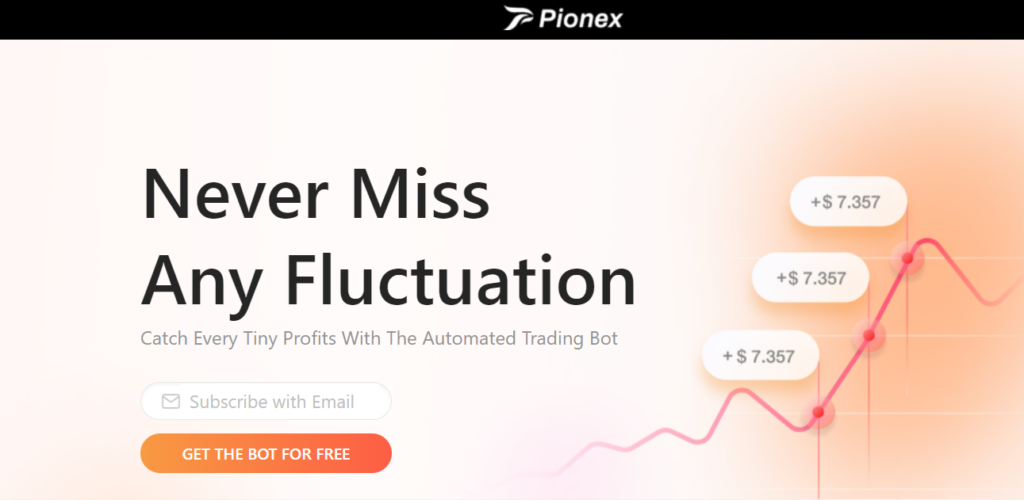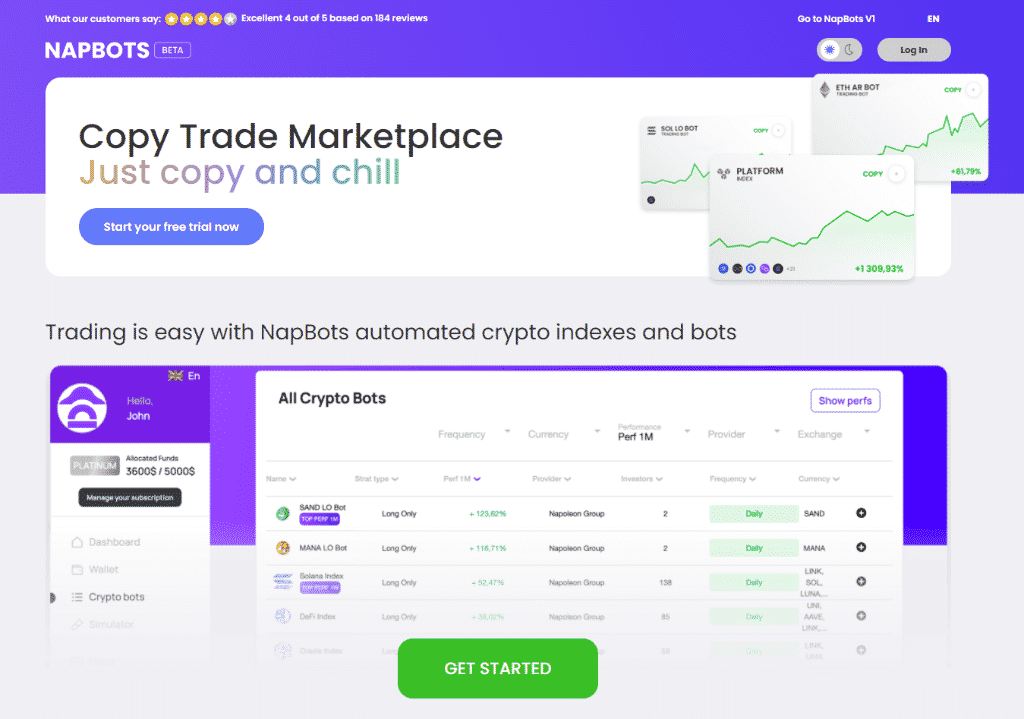In the crypto market, grid trading is a reliable strategy. It has passed the test of time and yielded profits more often than not as a trading approach. There are numerous examples of successful traders who have used it for decades. The crypto market, in particular, has shown to be one of the most valuable areas for grid trading tactics due to its extreme volatility. This strategy works effectively in sideways markets with no discernible up or downtrend. As a result, forecasting market direction is no longer necessary. Because it does not rely on large price movements, it is appropriate for short timeframes. You can do it manually or automate the process using trading bots.
What is grid trading?
Grid trading creates a trading grid by systematically executing limit orders at preset intervals inside a predefined price range, allowing you to profit from small price fluctuations.
The longer a cryptocurrency remains stuck in a price range, the more likely it is to unlock the actual power of grid trading. There are two preconfigured modes to choose from arithmetic and geometric. Arithmetic constructs each grid with an equal price difference, while geometric creates each grid with an equal price ratio difference.
When the price of a cryptocurrency falls, a buy order is executed, followed by a sell order at a higher price. When the price of a certain cryptocurrency rises, a buy order is placed at a lower price as soon as a sell order is completed. You can almost always buy low and sell high when using a grid trading technique to profit from fluctuating market conditions.
Grid trading modes
Geometric mode: Each grid has an equal price difference ratio. Each cell of the geometric grid has a proportionate price range (e.g., 1, 2, 4, 8…). Profits are predetermined for each grid.
Arithmetic mode: Each grid has a price difference of the same amount (e.g., 1, 2, 3, 4…).
The arithmetic grid divides the price range from Lower Price to Upper Price into an equal number of grids.
How to create a grid
The elements of the grid are shown below, along with instructions on how to set them up.
- Create a grid with an upper-bound (strong resistance) and a lower-bound (strong support).
- The grid lines between the support and resistance zones should be evenly spaced. (You can use anything from 5 to 10 grid lines.)
- Determine the gridlines above and below the current price that are the closest to it (ignoring the very closest grid line).
- Buy and recalculate near gridlines if the price crosses beneath a near gridline.
- Sell and recalculate close gridlines if the price crosses over a near gridline.
- A FIFO (First in, First out) system is used to enter and exit trades. So, if the price declines three grid lines (buy-1, buy-2, and buy-3) before crossing above one grid line, only the first transaction will be closed (sell-1). It will enter a new trade (buy-4) if it falls again, and it will sell the original second trade if it crosses above again (sell-2). The number of grid lines you have determines how many trades you can do at once.
Example
Let’s look at the BTCUSD as an example. Assume the following strategy parameters are in place:
- Lower bound: 38500
- Upper bound: 41,000
- Number of grids: 5
- Current price of BTCUSD: 39750
| Price BTCUSD | Order type |
| 41000 | Sell-2 |
| 40500 | Sell-1 |
| 40000 | No order placed |
| 39500 | Buy-1 |
| 39000 | Buy-2 |
| 38500 | Buy-3 |
When the current price drops to 39,500 BTCUSD after grid trading is implemented, the buy order will be executed, and a sell order will be placed at 40,000 BTCUSD. The sell order will be filled when the market price returns to 40000 BTCUSD, and a buy order will be placed at 39500 BTCUSD to buy low and sell high.
The strategy will be suspended if the BTCUSD price goes over 61000 BTCUSD or falls below 38500 BTCUSD. The method will resume when the price returns to the price range you specified.
Top bots for crypto grid trading
Bitsgap

Bitsgap provides a wide range of grid trading bots to its customers. It gives its customers the option of selecting the grid quantity, as well as the price, currency rate, and lower and upper price bonds. They also provide you the option of allocating a percentage of your funds to that trade.
Take profit, stop loss, and trailing up are some of the extra functions they provide. Bitsgap offers a demo mode, which allows you to test out one of their crypto trading bots.
Its basic plan is $19, and the pro package is $44. The most expensive advanced package goes for $110.
Pionex

Pionex provides five different types of built-in grid trading bots for free, which vary depending on your demands. You must determine the percentage of funds that you want to use, and you can do so either manually or by using their superior AI strategy.
You can also take advantage of Pionex’s reverse grid bot, which allows you to store your assets when the price is falling.
It will repurchase your allocated assets if the price reduces after it sells them at the current level. If you predict the price will drop, you should take advantage of a reverse grid bot.
Napbots

Napbots can help you automate and follow the proper crypto trading strategy. It also includes a stipulation that allows clients to manage many accounts simultaneously, all while paying for a single subscription.
In terms of their dashboard, it’s straightforward, accurate, and safe to track the performance of your portfolio.
The platform itself has detailed tutorials and a 7-day free trial. Its subscriptions start from as low as $7, to which you can allocate $1000 across trading strategies.
Summary
The grid system is unique among trading systems in that it is better suited to trading in volatile markets, especially those that move sideways. It’s easy to understand and put into practice, and it doesn’t require any significant analytical skills. This can be done manually or with the help of trading bots. Trading bots are an excellent way to automate your trading tactics and reduce your overall manual work.







